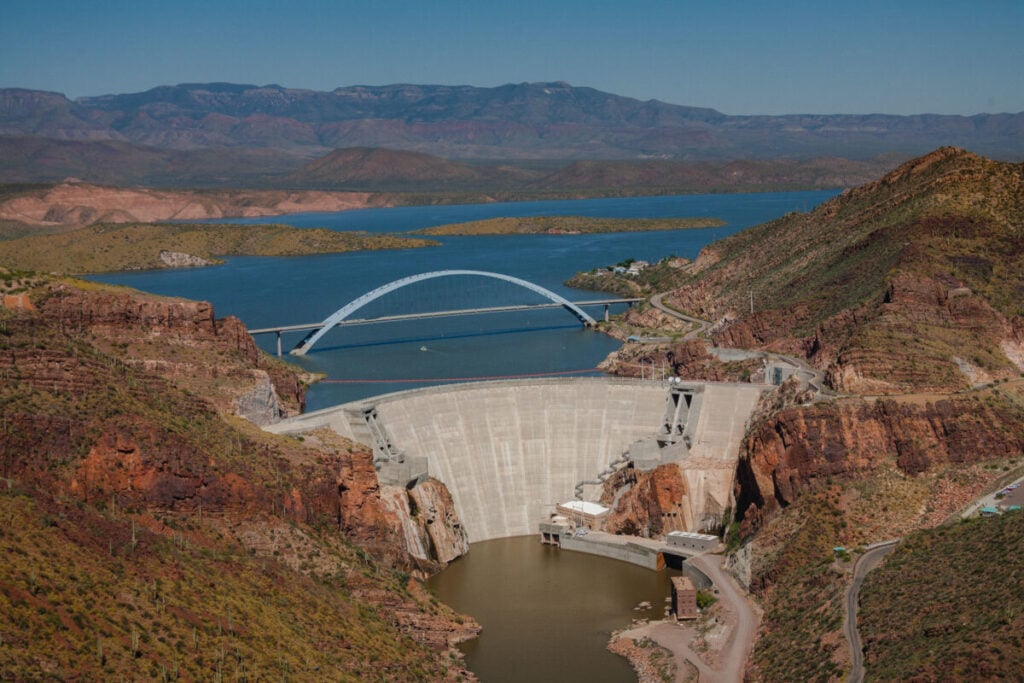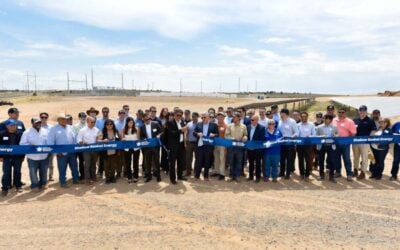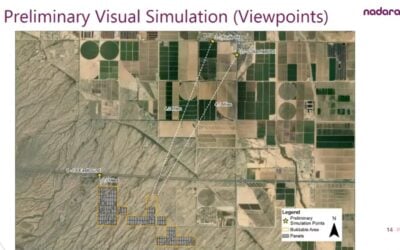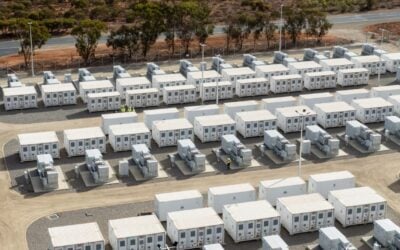
US outgoing President Joe Biden has signed a bi-partisan bill into law allowing Arizona utility Salt River Project (SRP) to move forward with a pumped hydro energy storage project.
SRP has been considering expanding its pumped storage projects on Arizona’s Salt River reservoir system. It has evaluated two potential sites for such facilities above Apache Lake.
The bill, H.R. 1607, involves the US “withdrawing” approximately 17,000 acres (6,880 hectares) of federal land, a process in which the Secretary of the Interior limits the public activity of a designated area of federal land to reserve it for a particular purpose.
In this instance, the land is being reserved to expand SRP’s pumped hydro energy storage project. This type of withdrawal would typically fall under an FPA or FERC withdrawal, which is automatically created upon filing an application for hydroelectric power development with the Federal Energy Regulatory Commission (FERC).
Try Premium for just $1
- Full premium access for the first month at only $1
- Converts to an annual rate after 30 days unless cancelled
- Cancel anytime during the trial period
Premium Benefits
- Expert industry analysis and interviews
- Digital access to PV Tech Power journal
- Exclusive event discounts
Or get the full Premium subscription right away
Or continue reading this article for free
According to a cost estimate from the Congressional Budget Office (CBO): “Enacting H.R. 1607 would simplify the regulatory process because transferring the land would give the Bureau of Reclamation (BOR) sole jurisdiction for the project and the association would no longer need to obtain a FERC license.”
SRP says the project would become operational sometime between 2030 and 2033. It has the potential for approximately 2,000MW of energy storage capacity for a 10-hour duration.
SRP’s current hydropower projects generate 265MW of hydropower across four dams on the Salt River. The company says two of these dams, Horse Mesa and Mormon Flat, have generators capable of reversible pumped hydropower with a capacity of 150MW.
Once operational, the facility would pump water from Apache Lake to the upper reservoir during the morning and midday when electricity demand is lower and there is excess supply available. During the late afternoon and night, when electricity demand is high, water is released from the upper reservoir through hydropower turbines, producing electricity into the lower reservoir.
Most energy storage projects in the US utilise battery energy storage system (BESS) technology, but the handful of pumped hydro energy storage projects are all significant due to their size, and the US government is backing specific projects.
Recently, the US Department of Energy’s (DOE) Loan Programs Office (LPO) announced a conditional commitment of US$2.5 billion to Wisconsin Electric Power Company (WEPCO), a portion of which would be used for the rehabilitation of a hydropower facility.
In October, the DOE also announced funding of up to US$81 million for a pumped hydro energy storage project to be built at a former Kentucky coal mine.
SRP has been involved in several high-profile projects this year, including commencing operation on a 300MW/1,200MWh solar-plus-storage project in Pinal County, Arizona, with Danish renewable energy company Ørsted for a Meta data centre.
The utility also announced a deal with EDP Renewables North America for a 200MW/800MWh BESS near Coolidge, Arizona, using battery technology designed and manufactured by Tesla.





